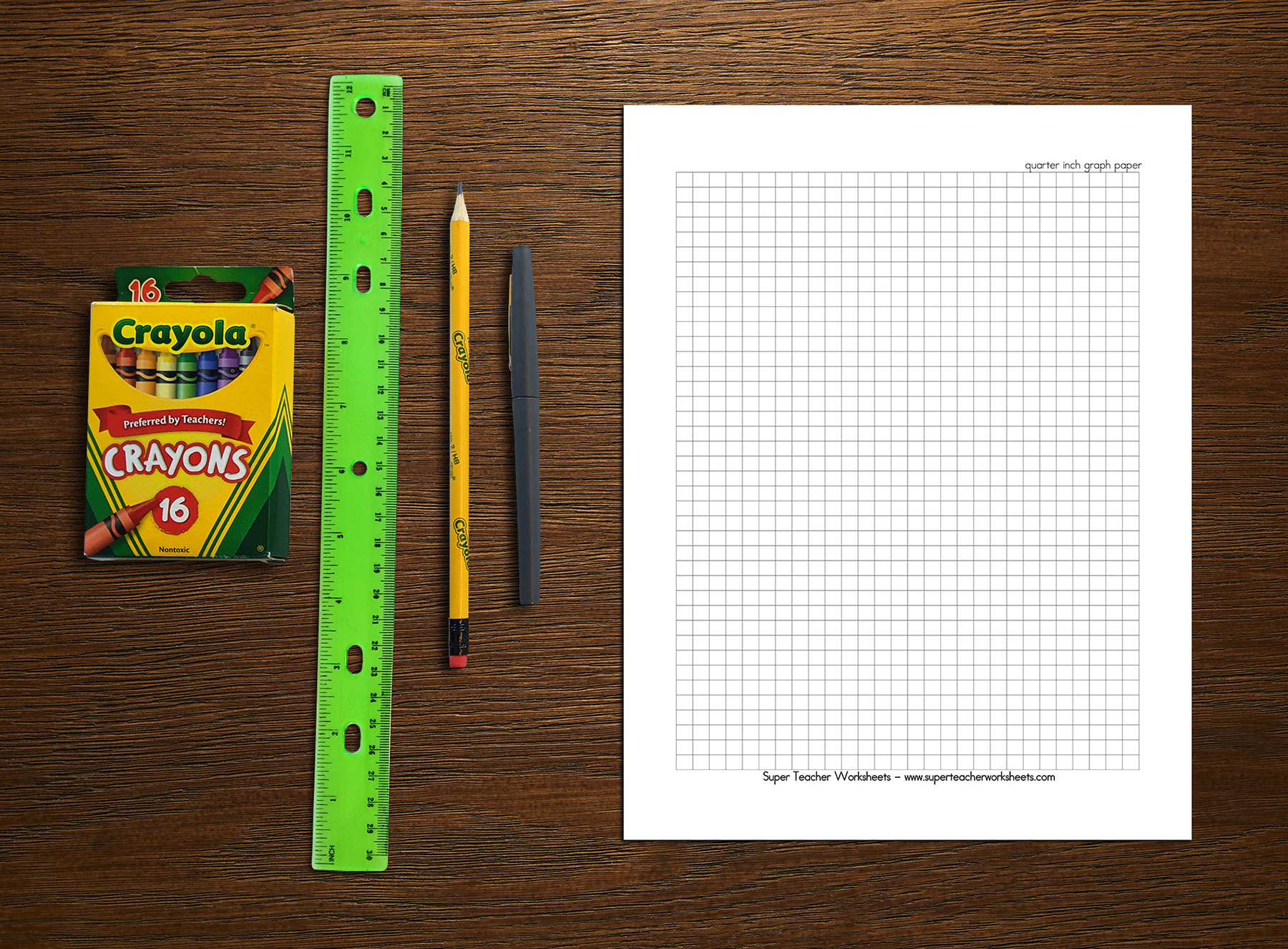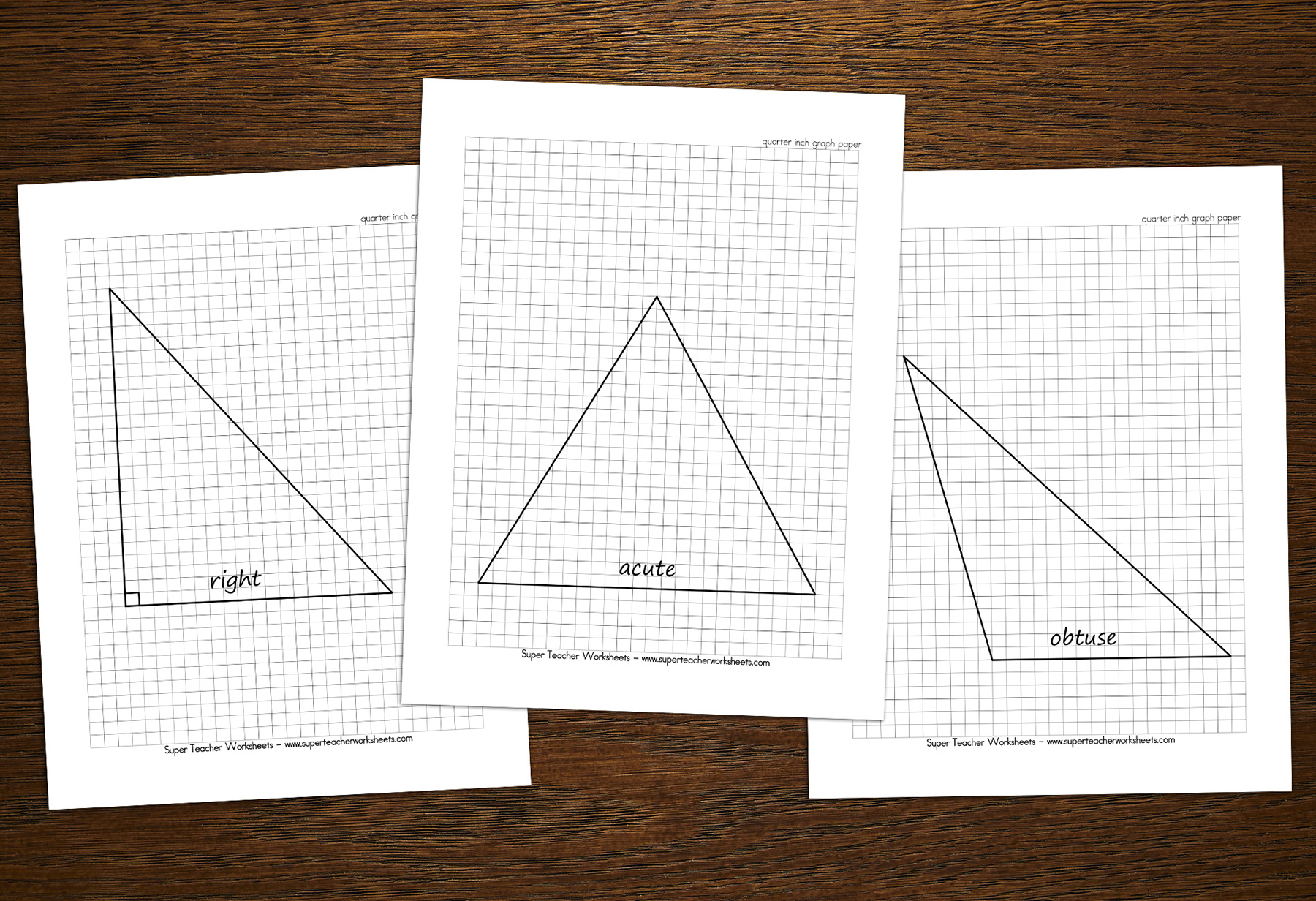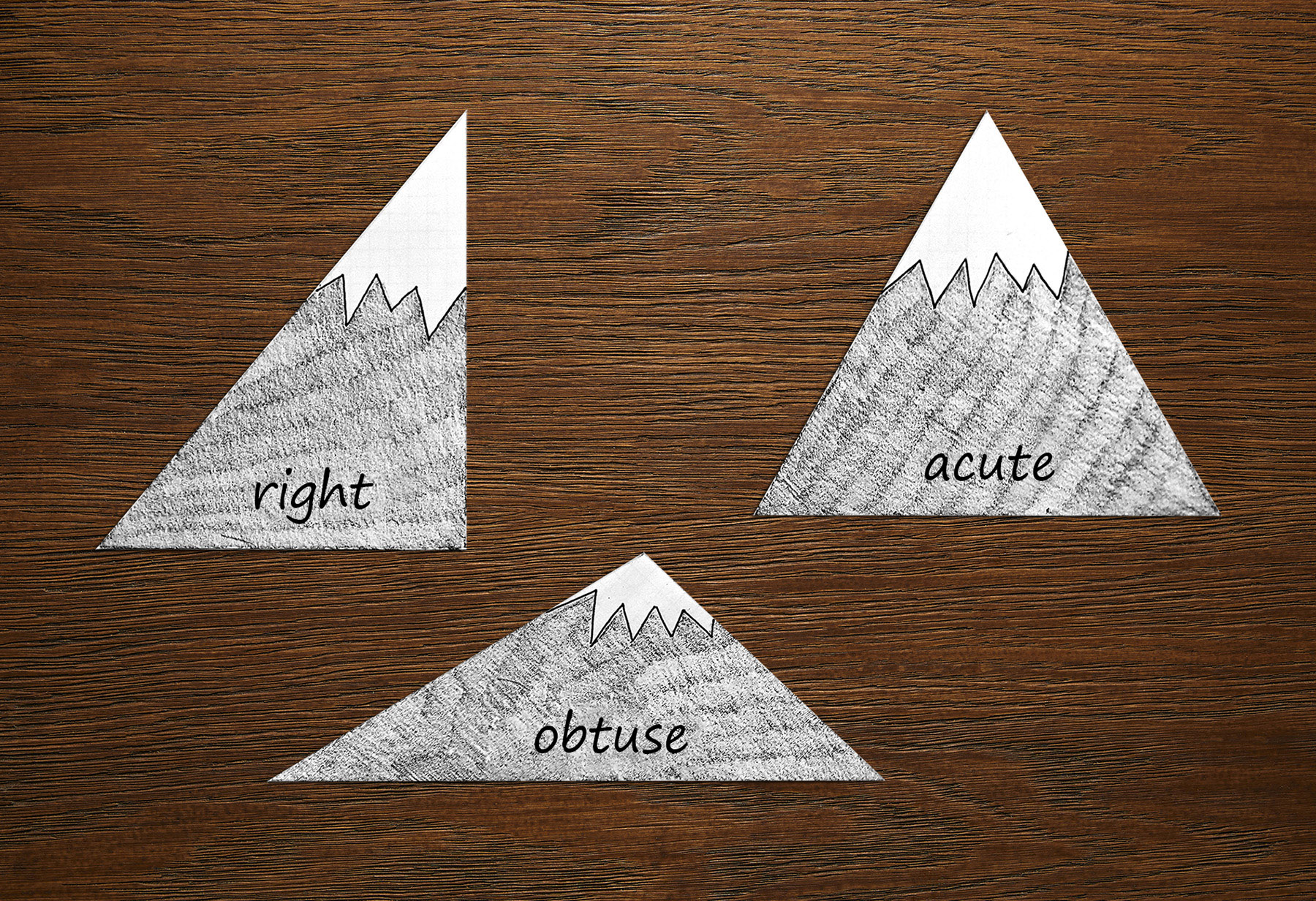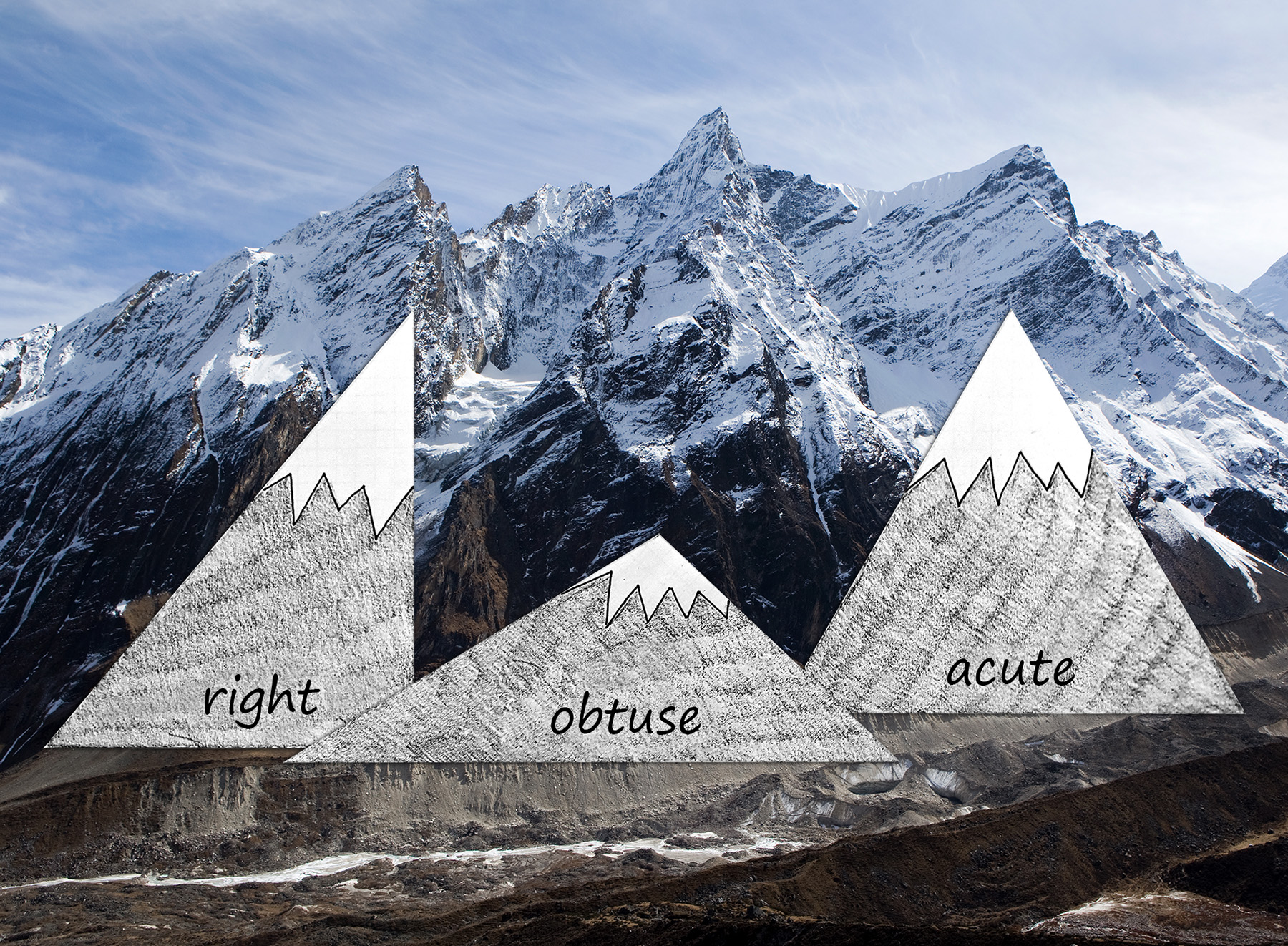
Practice classifying triangles with a geometry art project your students will love! Read our February blog post to discover how your little learners can classify triangles by their angles or sides as they create a beautiful landscape picture featuring mountains. This math art project is a powerful teaching tool for helping kids understand triangle classifications. Read on to find out more!

In this hands-on math activity, students will create a landscape picture featuring three triangle mountains. With the help of some graph paper, a pencil, and a ruler, students will draw their triangle mountains based on the three classifications of triangles by either angles or sides. For the first option, students will classify their triangle mountains as acute, obtuse, or right triangles. In the second option, students will classify the triangles as equilateral, scalene, or isosceles triangles. You can guide your students through one or both versions of the activity to help them grow in their knowledge of classifying triangles, but we recommend that you keep the classifications to two separate works of art to help avoid confusion and double-labeling. In addition to graph paper, a pencil, and a ruler, students will also need crayons, markers, colored pencils, construction paper, scissors, and glue.
Once you've gathered all the supplies, your students can make their triangle mountain landscapes in three easy steps.

First, students will use a pencil and a ruler to construct three different triangles from their graph paper. You can use this printable half-inch graph paper or this printable quarter-inch graph paper to get started. Children will draw an acute, obtuse, and right triangle. Or they will draw an equilateral, scalene, and isosceles triangle.
Your students' triangles do not need to be perfect, but they should demonstrate a thorough understanding of each type of triangle. For example, the obtuse triangle should have one obvious angle greater than 90 degrees and the right triangle should have its right angle labeled correctly. Encourage your students to label all their triangles on the lined side of the graph paper so they remember which one is which.

Students will cut out the three triangles with a pair of scissors. They will then flip each triangle over to color the mountains on the plain, opposite side of the graph paper. Kids can decorate their triangle mountains with crayons, colored pencils, or markers.
Once students have added some colorful details to their triangular mountains, they should also label each one with its correct description by angle or side.

Students will finish their mountain artwork by adding their triangle mountains to a colorful landscape. Here are some fun ideas:
Your students can display their triangle mountain landscapes in a variety of ways—the sky's the limit! The most important thing to emphasize is your students' understanding of the different ways to classify triangles. Conclude the activity with a discussion of the different classifications of triangles.
Did you and your students try out this geometry art project to practice classifying triangles? How did it go? Leave us your feedback in the comment section below. Remember to tag @iknowit on social media so we can check out your scenic works of art!
To explore more fun, interactive math activities for your elementary students, browse hundreds of engaging math lessons available on iKnowIt.com.